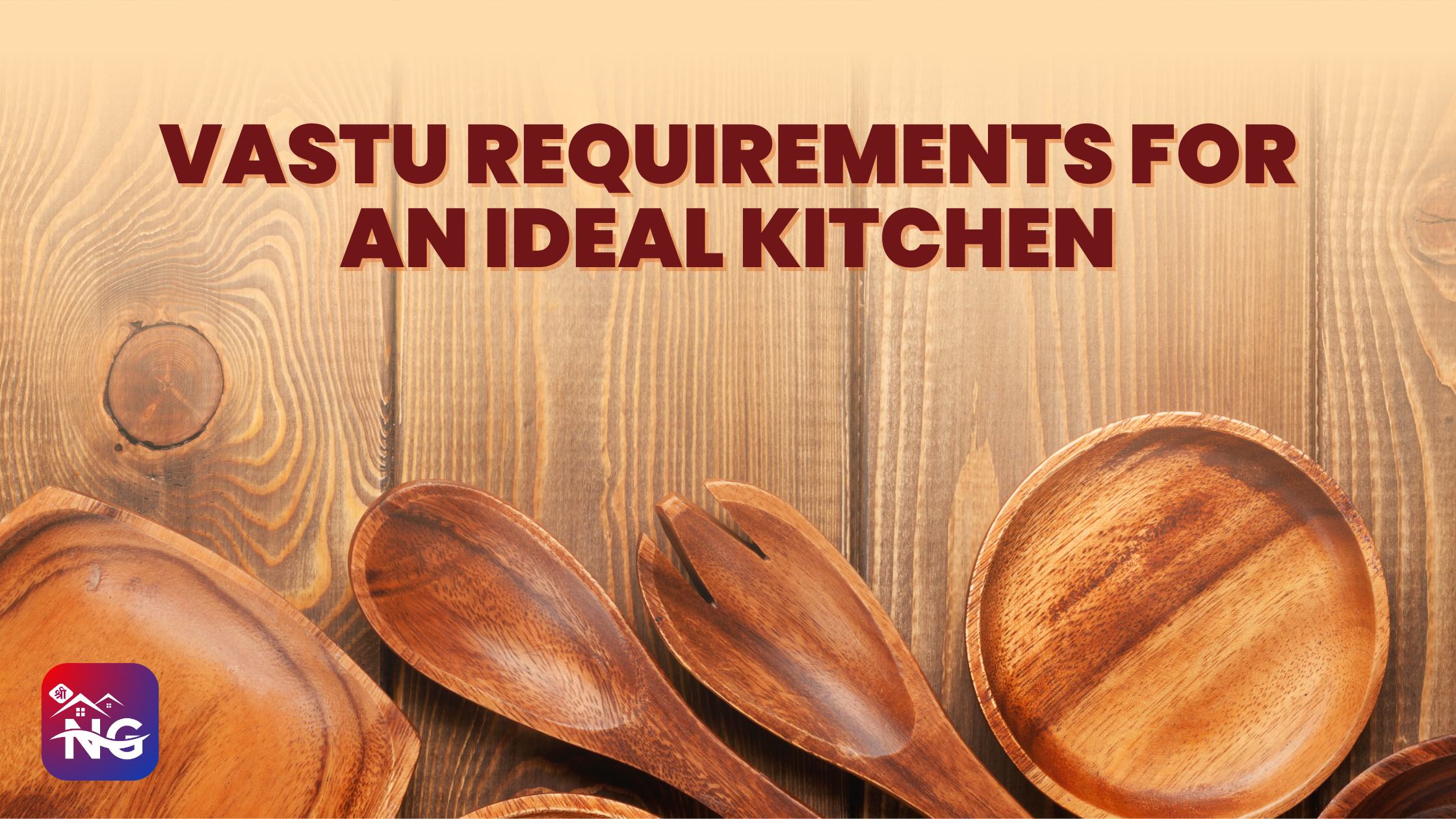
Vastu Requirements for an Ideal Kitchen
25-11-2023
The kitchen holds a pivotal role in Vastu Shastra, as it is considered the heart of a home's energy and vitality. Understanding and implementing Vastu principles in kitchen design can significantly influence the health, prosperity, and harmony of the household. Here are key Vastu requirements for an ideal kitchen:
1. Location and Direction:
The ideal placement for a kitchen, according to Vastu Shastra, is in the South-East quadrant of the house. This direction is associated with the element of fire, aligning well with the cooking activities. Explore the significance of this placement and its impact on the energy flow within the house.
2. Cooking Position:
The orientation of the cook while preparing meals is crucial in Vastu. The cook should ideally face towards the East while cooking, allowing the person to harness the beneficial energy of the rising sun. Discuss the reasoning behind this positioning and its connection to the cook's well-being and the quality of food prepared.
3. Storage and Organization:
Efficient storage and organization play a vital role in maintaining positive energy flow. Explore Vastu-compliant storage practices, such as avoiding clutter, keeping the kitchen clean, and organizing utensils and ingredients thoughtfully. Explain how these practices contribute to a harmonious kitchen environment.
4. Ventilation and Lighting:
Adequate ventilation and natural lighting are essential in Vastu-compliant kitchens. Discuss the importance of good airflow to dispel negative energy and the role of natural light in uplifting the kitchen's ambiance and fostering a positive atmosphere for cooking.
5. Placement of Appliances:
The placement of kitchen appliances follows specific Vastu guidelines. For instance, the gas stove should ideally be positioned in the Southeast direction and away from the kitchen's eastern wall. Discuss the rationale behind these placements and their impact on energy flow and overall harmony.
6. Colors and Décor:
Explore Vastu-recommended color schemes and décor choices for the kitchen. Lighter shades, such as yellow, white, or light green, are often suggested as they are believed to promote a sense of cleanliness, positivity, and warmth. Discuss how these colors contribute to the overall Vastu compliance of the kitchen.
Conclusion:
Summarize the significance of adhering to Vastu principles in the kitchen's design and functionality. Highlight how aligning the kitchen with these principles can create a space that not only facilitates efficient cooking but also contributes to the overall well-being and prosperity of the household.
Implementing Vastu principles in the kitchen design encompasses a holistic approach that balances functionality, aesthetics, and energy flow. Understanding and integrating these Vastu requirements can create a kitchen space that promotes positivity, health, and prosperity within the home.

